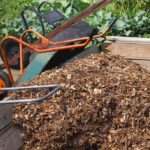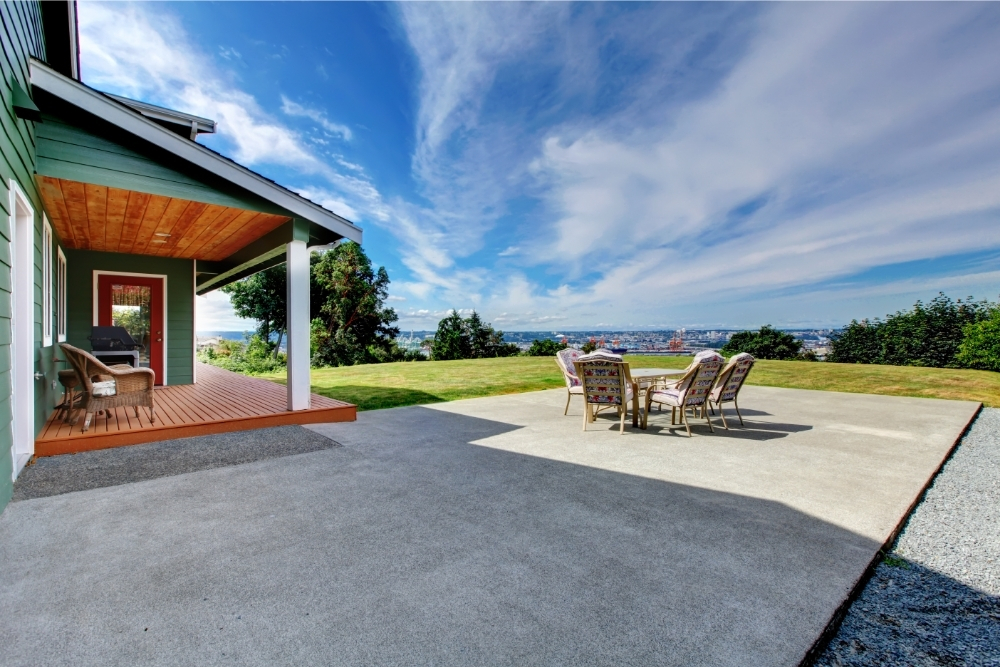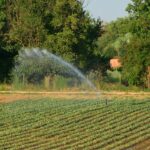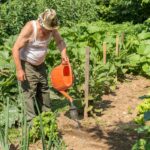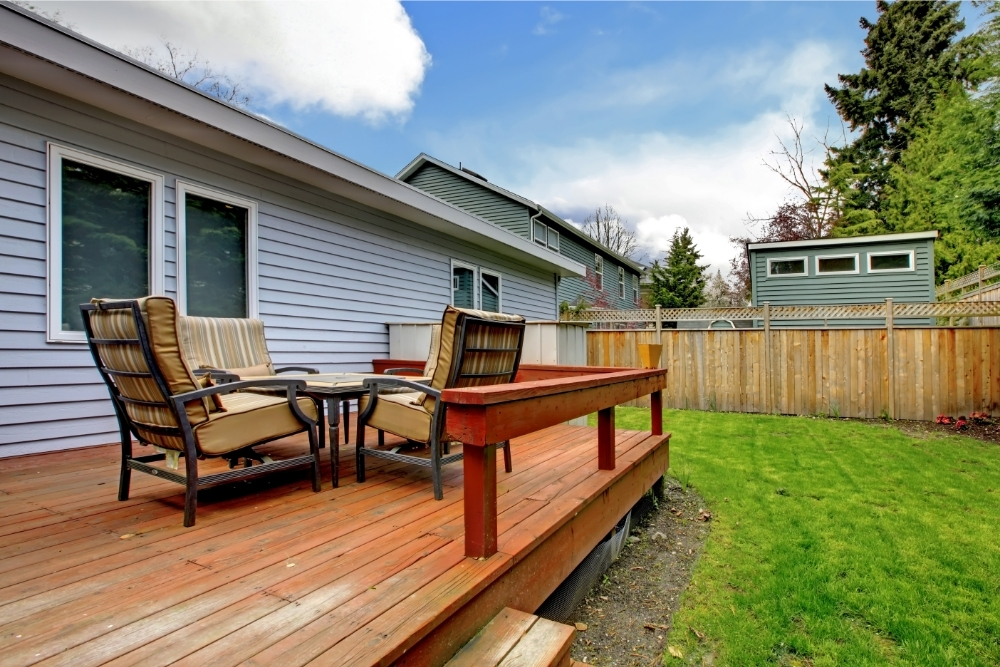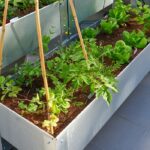Mulch and topsoil are terms that are often used interchangeably in gardening. However, the two items are quite different. Topsoil is the layer of soil that is found just below the grassy surface. It’s dark in color and rich in nutrients. On the other hand, mulch is a layer of material that is placed on top of the soil to protect it from erosion and help retain moisture. So, which one should you use?
Whether to use mulch or topsoil is a matter of preference and the type of plants you’re growing. If you’re looking for nutrient-rich soil to help your plants grow, then topsoil is the way to go. However, if you’re more concerned with protecting plants and retaining moisture, mulch may be better.
Now that you know the difference, you should also know that there’s no harm in using both mulch and topsoil in your garden! In fact, many gardeners find that a mix of the two works best for their plants. Let’s take a closer look at how mulch and topsoil work and in which situations they’re best used.
What’s the Difference Between Topsoil and Mulch?
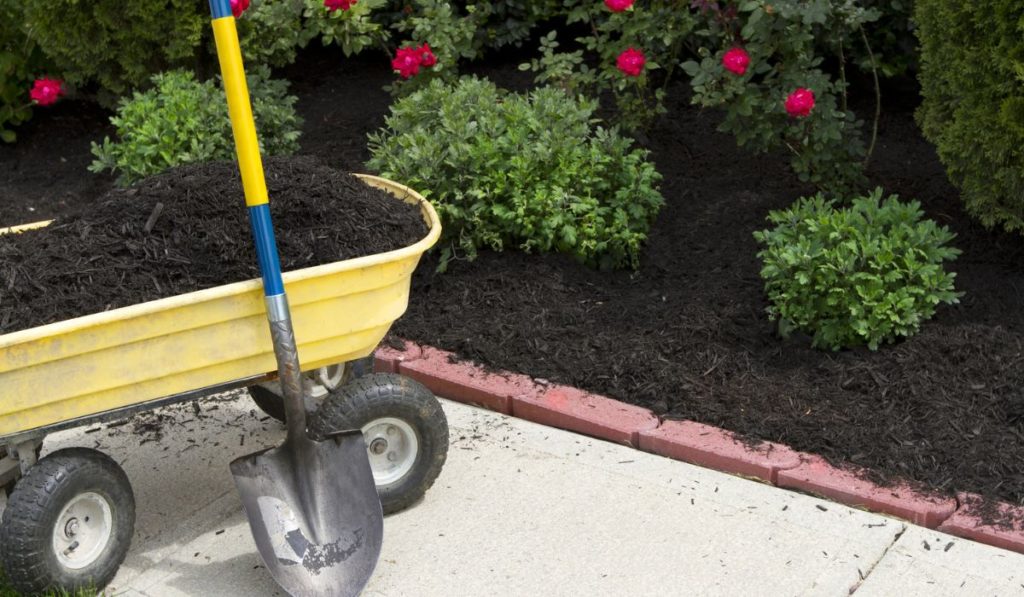
Topsoil is the uppermost layer of soil, typically consisting of 2-8 inches of organic matter. Topsoil is necessary for seed germination and plant growth.
Mulch, meanwhile, is any material, organic or inorganic, that is spread on the soil’s surface to protect against erosion, provide nutrients, and prevent weed growth. Mulch can be made from various materials, including leaves, wood chips, bark, stones, or gravel.
While mulch doesn’t provide as many nutrients as topsoil, it helps to conserve moisture and keep the ground around plants cool. Mulch is also effective at determining the soil’s fertility, and it can help reduce the amount of chemicals needed for plant growth.
Topsoil is darker because it contains more organic matter, while mulch is lighter in color and has less organic matter.
What Is Topsoil Made From and How Is It Used?
Topsoil is made up of various materials, including sand, silt, clay, organic matter, and minerals. The ratio of these materials determines the texture of the topsoil. For example, topsoil with a high sand content will be gritty, while topsoil with a high clay content will be sticky.
The nutrient content of topsoil varies depending on the area in which it is found. Nutrient-rich soil is typically found in areas with a lot of plant life because it’s enriched by the decomposition of organic matter, such as leaves and twigs.
Topsoil is most commonly used in gardens and landscaping. It can be used to grow various plants, including vegetables, flowers, and trees. Topsoil can also be used to improve the quality of existing soil. When using topsoil, it’s important to choose the quality suited for the type of plant or plants you’re growing.
For example, topsoil for vegetables should be rich in nutrients, while topsoil for flowers should be light and airy. Topsoil can be purchased from various places, including garden centers, landscaping companies, and online retailers.
A couple of good options that you can find online include Scotts Premium Topsoil (on Amazon) and Coast of Maine Organic Topsoil (also on Amazon).
It’s also possible to find topsoil for free from open fields or municipal parks.
What Does Mulch Do?
Mulch is a layer of material that’s placed on top of the soil to protect it from erosion and to help retain moisture. Mulch is available in various materials, including wood chips (on Amazon), bark, leaves, and straw (also on Amazon).
It is important to choose a mulch appropriate for the type of plant you’re growing. Mulch prevents water evaporation from the soil, which is especially beneficial during hot weather. It also insulates the soil, keeping it cooler in summer and warmer in winter.
In addition to its practical benefits, mulch enhances the appearance of your garden. Mulch is most commonly used in gardens and landscaping. It can be used to grow various plants, including vegetables, flowers, and trees.
Mulch can also be used to improve the quality of existing soil. When using mulch, it is important to choose the type suited for the type of plant you are growing. For example, mulch for vegetables should be organic and loose, while mulch for flowers should be light and airy.
Mulch can be purchased from various places, including garden centers, landscaping companies, and online retailers. It is also possible to find mulch for free from local municipal parks.
Can You Use Topsoil and Mulch Together?
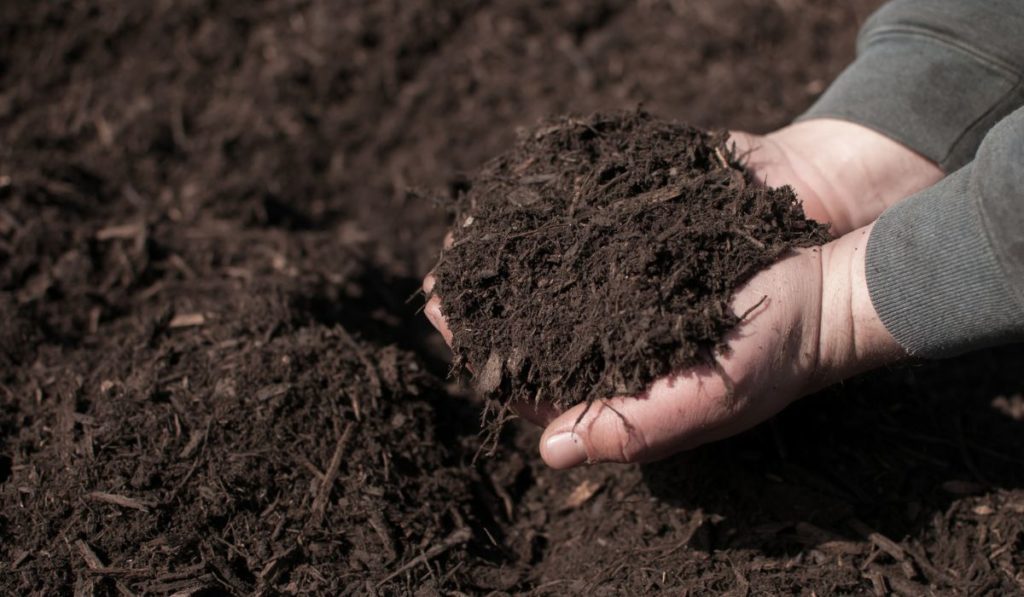
It’s common to use topsoil and mulch together in gardening and landscaping. The two materials complement each other well, providing essential nutrients and moisture retention for your plants. Topsoil offers the perfect environment for plant roots to grow and thrive. It’s full of essential nutrients that plants need to survive, including nitrogen, phosphorus, and potassium.
Mulch helps protect these delicate roots from temperature extremes and drought conditions. It also prevents weeds from taking over your garden bed. When you combine topsoil and mulch, you create an ideal microclimate for plant growth.
There are a few things to keep in mind when using topsoil and mulch.
First, make sure that you use organic topsoil. This type of topsoil has not been treated with chemicals or pesticides, which can harm your plants.
Second, be sure to use a thick layer of mulch. A thick layer of mulch will help prevent weeds from taking over your garden bed and hold in moisture better than a thin layer.
Finally, don’t forget to water your plants regularly. Even with the added moisture retention of topsoil and mulch, your plants will still need a consistent water supply to thrive.


